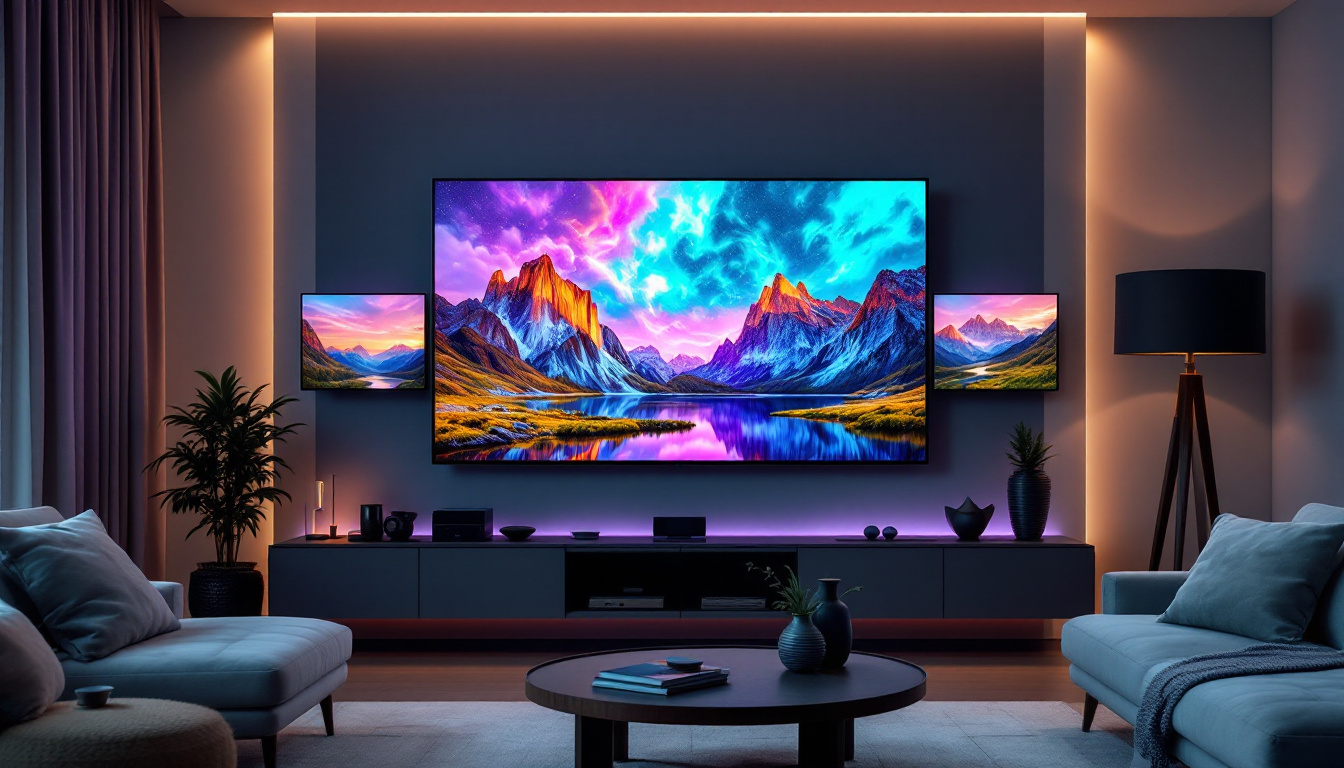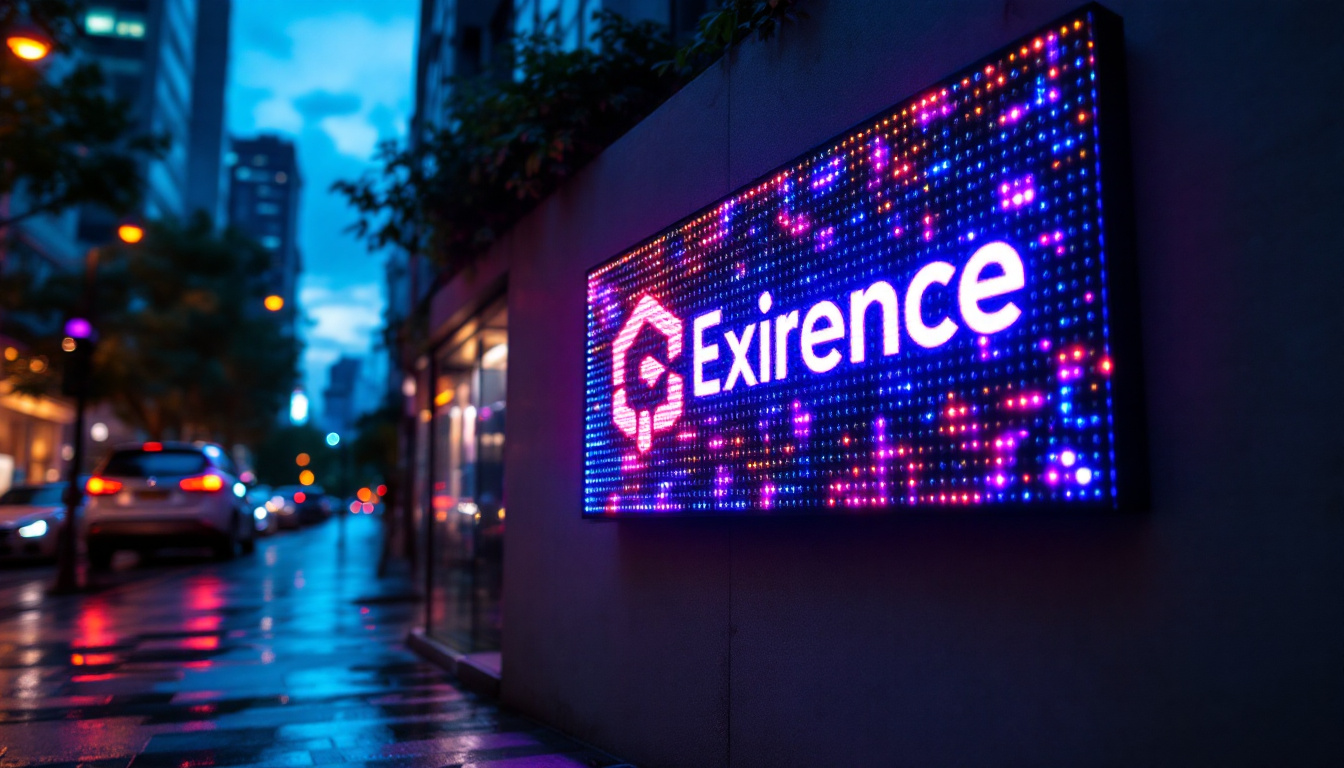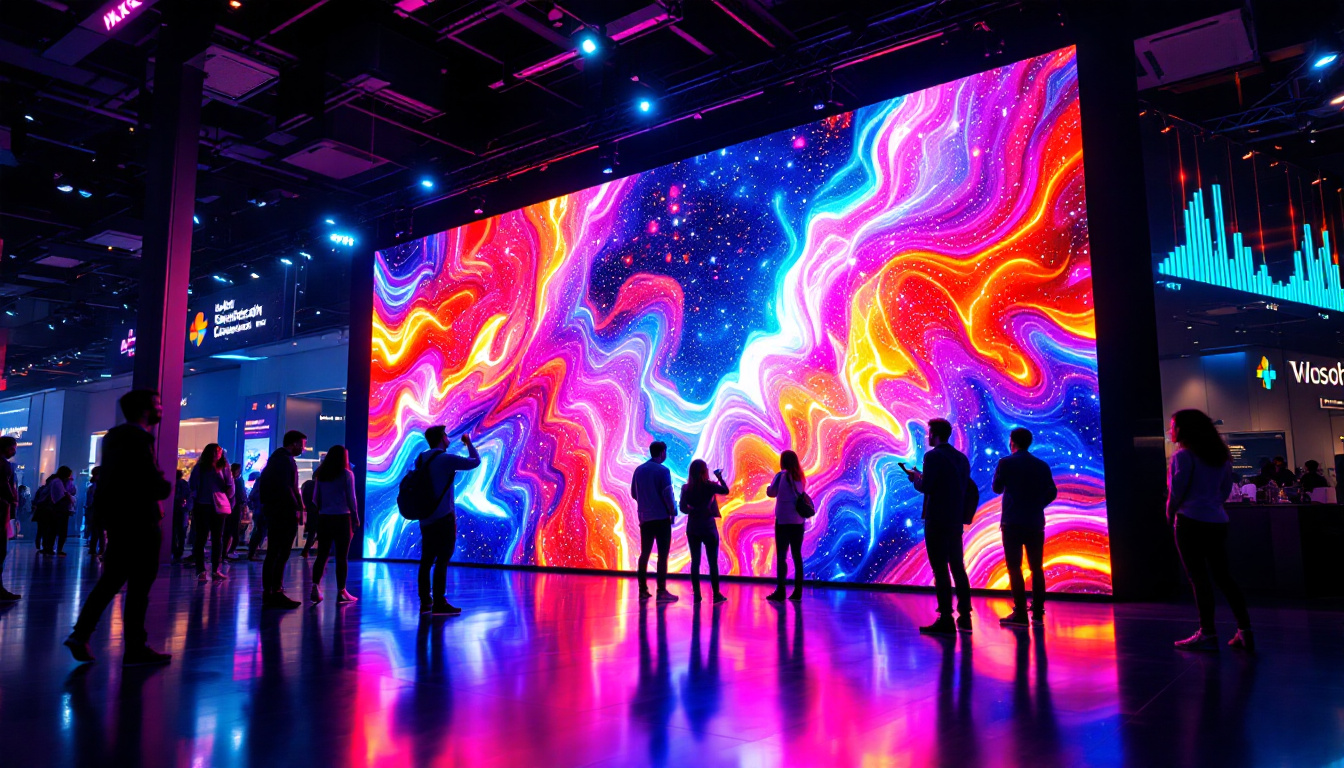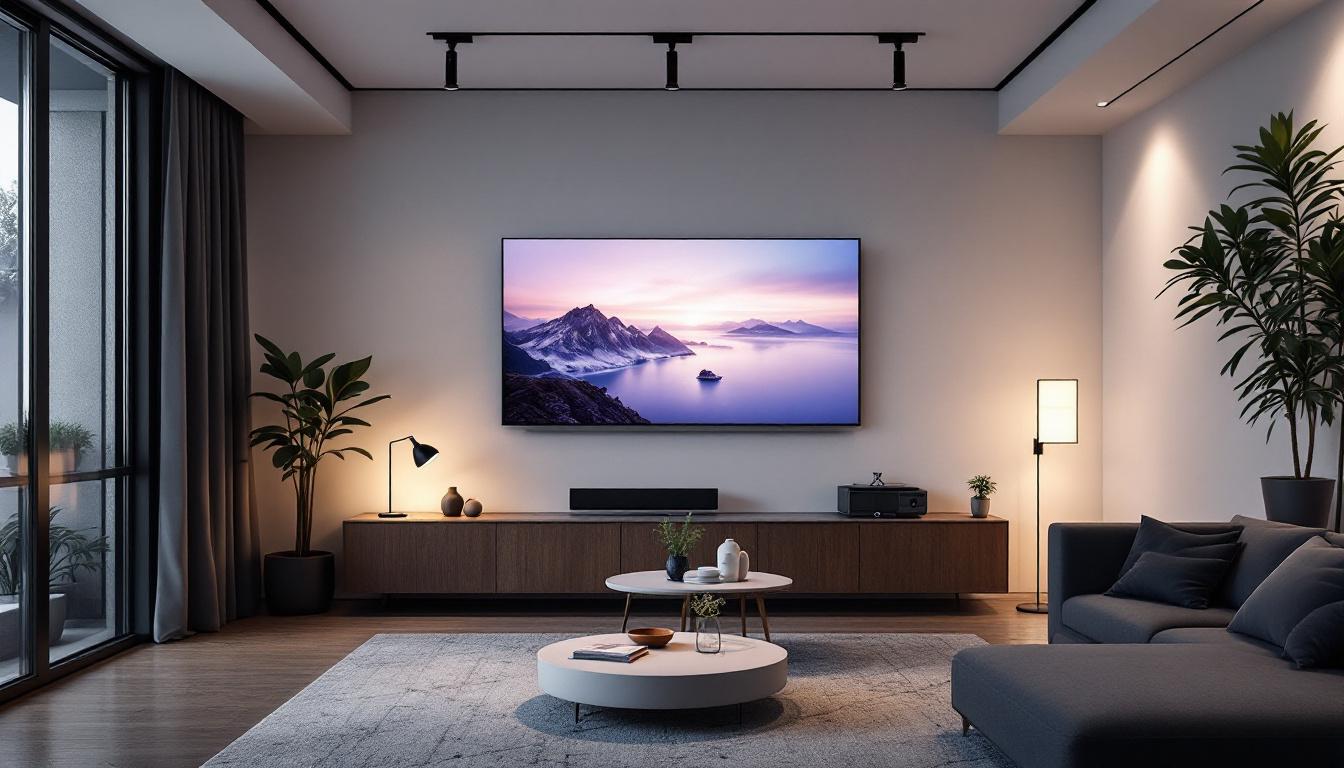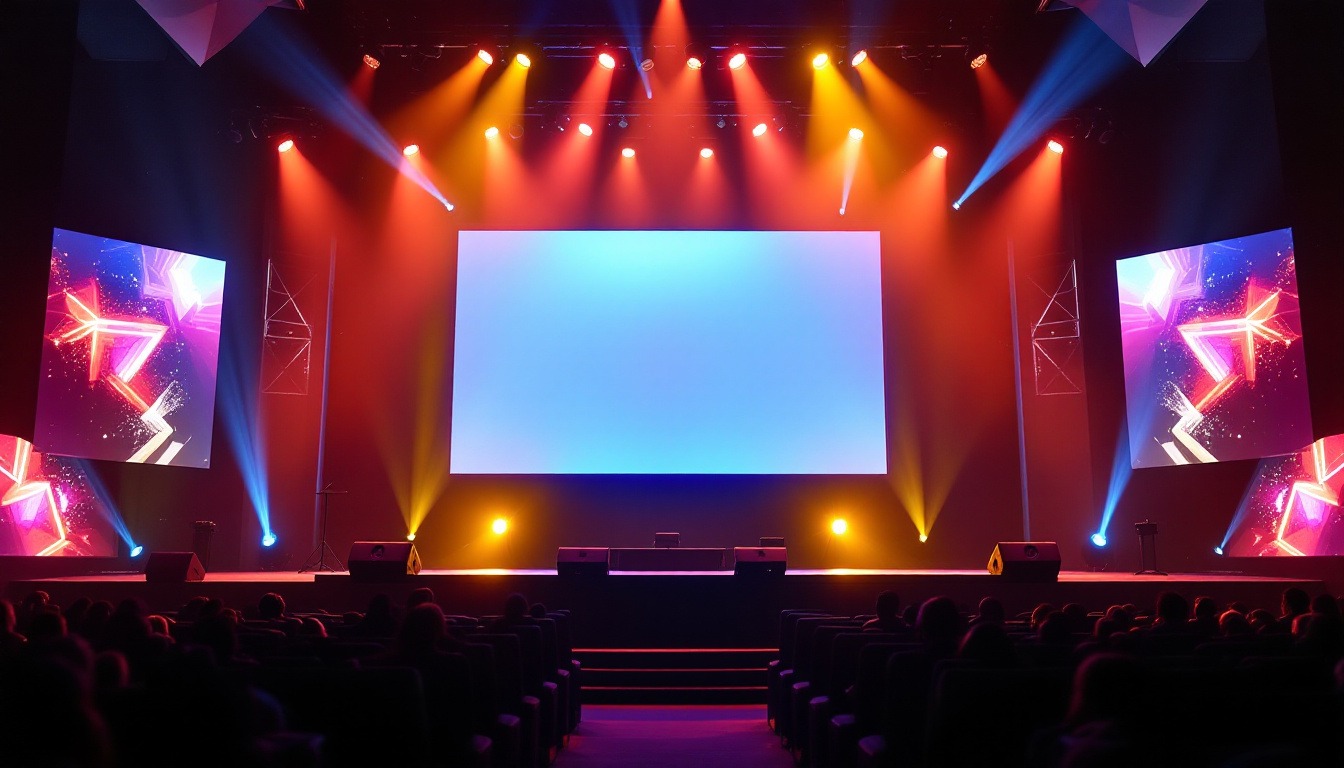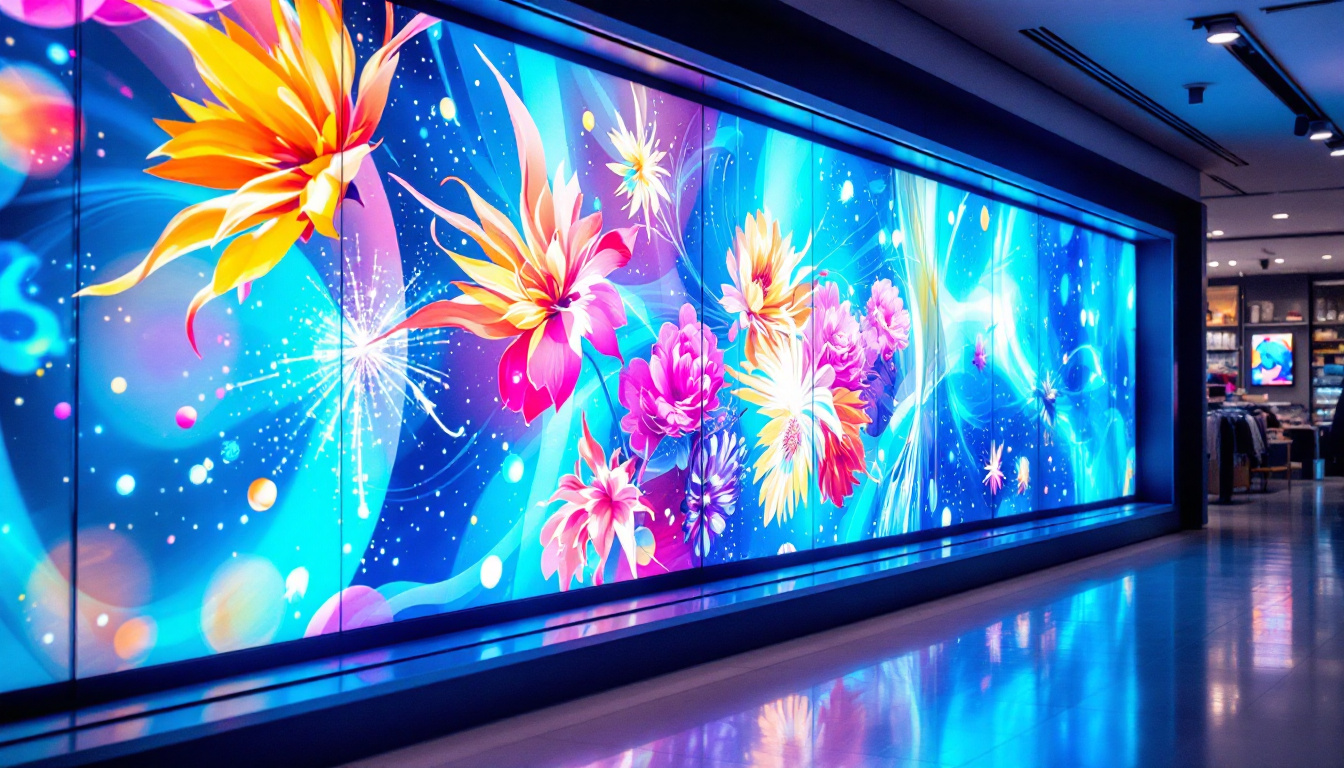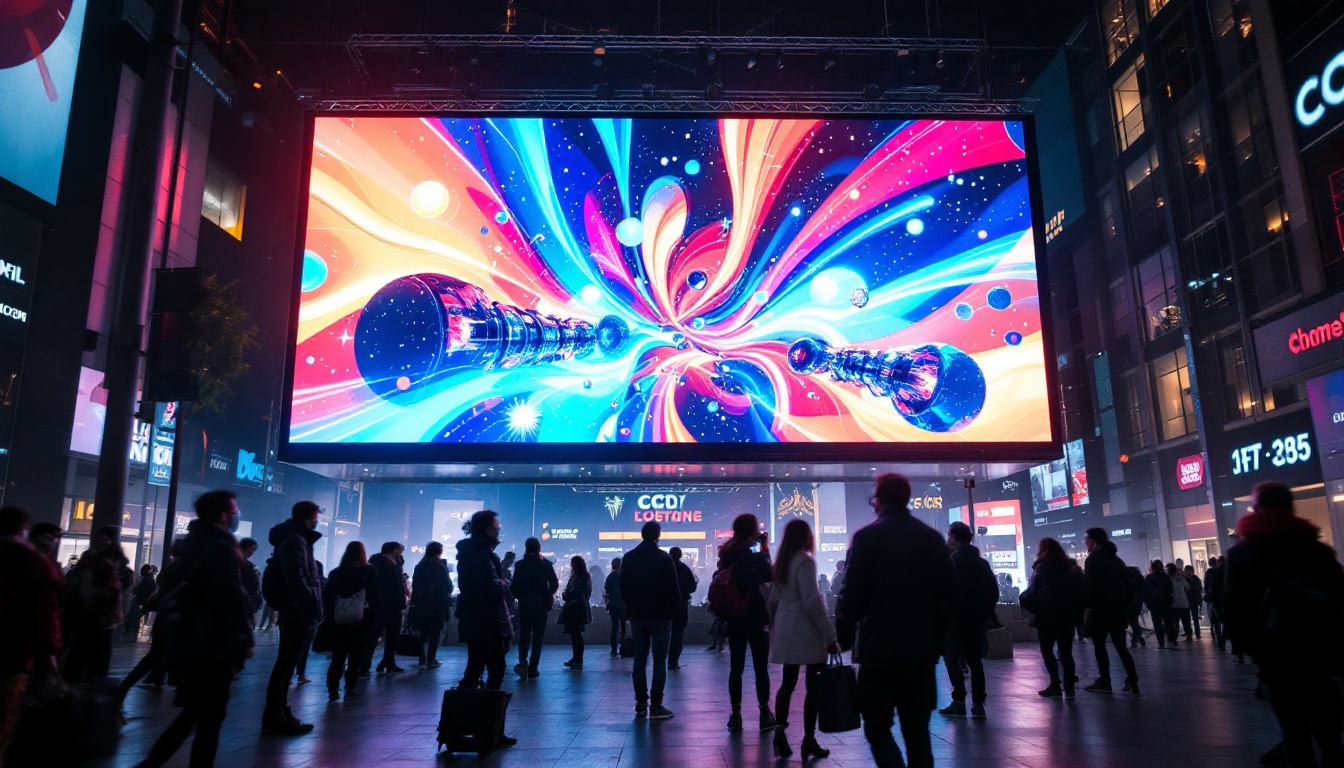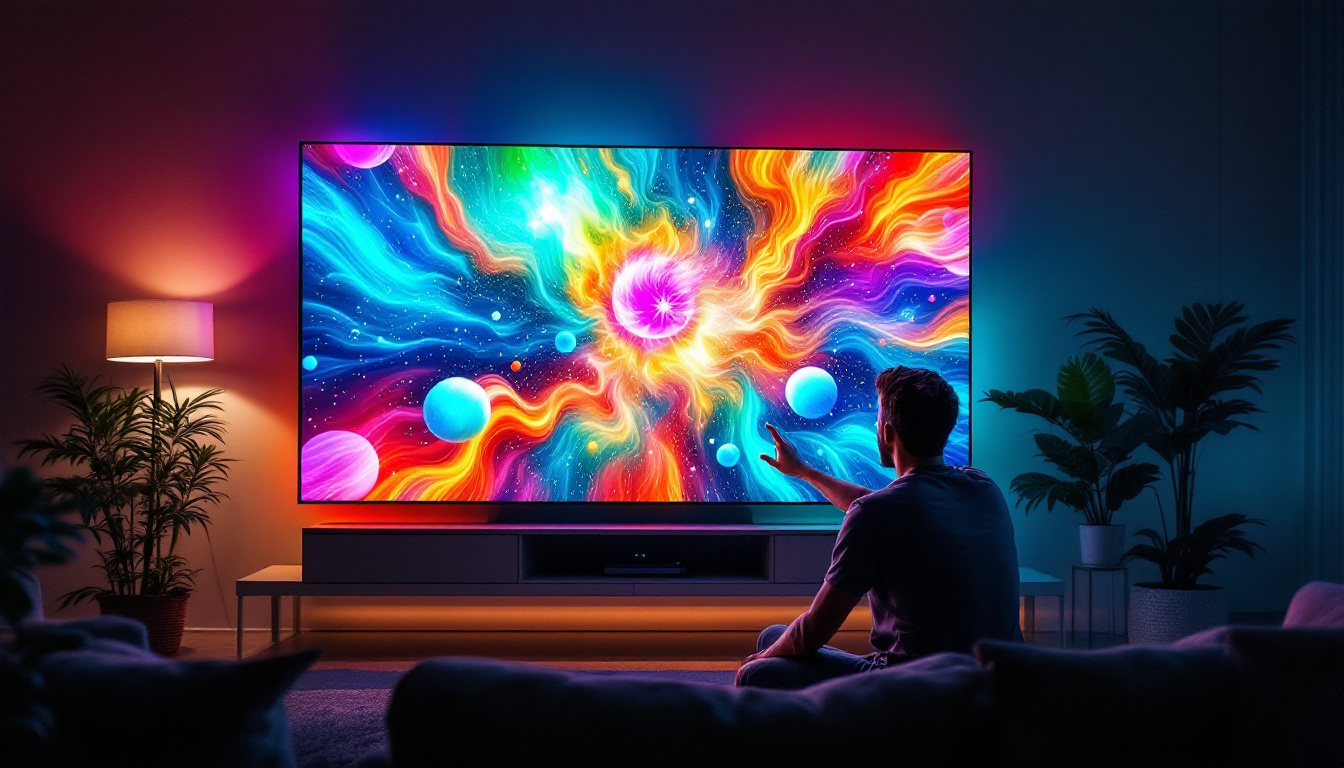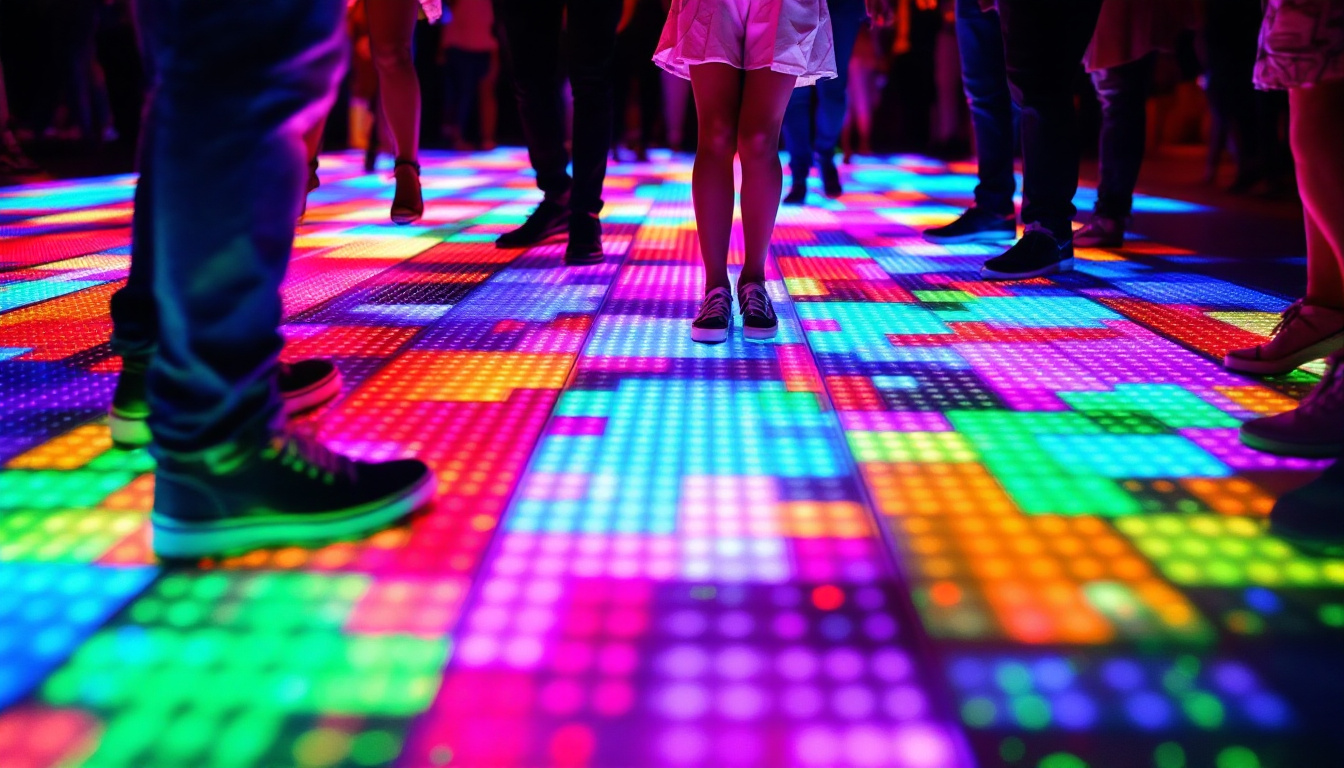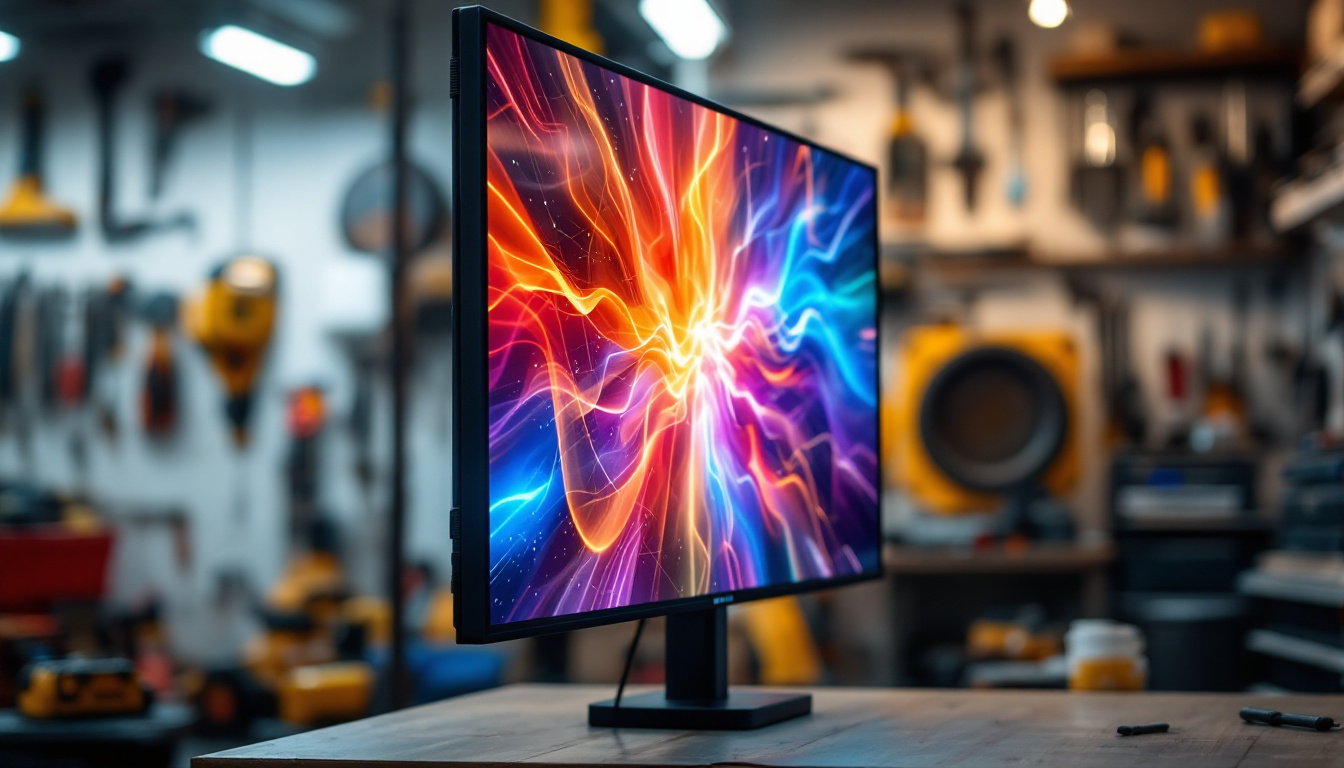In the modern educational landscape, technology plays a pivotal role in enhancing the learning experience. One of the most significant advancements in this realm is the introduction of interactive screens, particularly LED displays. These screens not only serve as a visual aid but also facilitate a more engaging and interactive learning environment. This article delves into the various aspects of LED displays in schools, exploring their benefits, functionalities, and impact on education.
Understanding LED Displays
LED (Light Emitting Diode) displays have become increasingly popular in various sectors, including education. These screens utilize semiconductor technology to produce light, resulting in bright and vibrant visuals. Unlike traditional projectors, LED displays offer superior image quality, making them ideal for classroom settings.
How LED Technology Works
At the core of LED technology is the use of diodes that emit light when an electric current passes through them. This process is efficient and allows for a wide range of colors and brightness levels. The screens are composed of numerous tiny LEDs that work together to create images and videos, providing a seamless viewing experience.
LED displays can be categorized into two main types: direct-view and backlit. Direct-view LED displays are composed of individual pixels that emit light directly, while backlit displays use LEDs to illuminate an LCD panel. Both types have their advantages, but direct-view displays are often favored for their superior color accuracy and contrast.
Types of LED Displays in Education
In educational settings, LED displays come in various forms, each tailored to meet specific needs. Some common types include:
- Interactive Whiteboards: These screens allow teachers and students to interact directly with the display, making lessons more engaging.
- Digital Signage: Used for announcements and information dissemination, digital signage can display schedules, events, and other important messages.
- Video Walls: Comprising multiple screens, video walls create a large display area ideal for presentations and collaborative projects.
The Benefits of LED Displays in Schools
Integrating LED displays into the classroom offers numerous advantages that can significantly enhance the educational experience. From improved engagement to better accessibility, the benefits are manifold.
Enhanced Engagement and Interactivity
One of the most notable benefits of LED displays is their ability to foster engagement. Traditional teaching methods often rely on static visuals, which can lead to disengagement among students. In contrast, LED displays allow for dynamic content delivery, including videos, animations, and interactive applications. This interactivity not only captures students’ attention but also encourages participation and collaboration.
Teachers can easily incorporate multimedia presentations, quizzes, and educational games into their lessons, making learning more enjoyable. This interactive approach caters to various learning styles, ensuring that all students can grasp complex concepts effectively.
Improved Visual Clarity
LED displays offer superior image quality compared to traditional projectors. With higher brightness levels and better contrast ratios, these screens ensure that content is visible even in well-lit classrooms. This clarity is crucial for students, especially when dealing with intricate diagrams, charts, or videos.
Furthermore, LED displays can be viewed from various angles without significant loss of quality, making them suitable for classrooms with different seating arrangements. This flexibility ensures that all students have a clear view of the content being presented.
Cost-Effectiveness and Durability
While the initial investment in LED displays may be higher than traditional teaching tools, their long-term cost-effectiveness is undeniable. LED technology is known for its longevity, often lasting up to 100,000 hours. This durability reduces the need for frequent replacements, ultimately saving schools money over time.
Additionally, LED displays consume less energy compared to traditional projection systems, leading to lower electricity bills. This energy efficiency aligns with many schools’ sustainability goals, making LED displays an environmentally friendly choice.
Implementing LED Displays in Schools
Transitioning to LED displays requires careful planning and consideration. Schools must evaluate their specific needs, budget, and infrastructure before making a decision. Here are some key factors to consider during implementation.
Assessing Needs and Budget
Before investing in LED displays, schools should conduct a thorough assessment of their requirements. This includes understanding the number of classrooms that will benefit from the technology, the types of content that will be displayed, and the level of interactivity desired.
Budget considerations are equally important. While LED displays can be more expensive upfront, schools should analyze the total cost of ownership, including installation, maintenance, and potential energy savings. Seeking funding opportunities, grants, or partnerships with technology providers can also help alleviate financial constraints.
Infrastructure and Installation
Proper installation of LED displays is crucial for maximizing their effectiveness. Schools must ensure that their existing infrastructure can support the technology, including electrical systems and internet connectivity. Collaborating with experienced AV integrators can facilitate a smooth installation process.
Moreover, schools should consider the layout of classrooms to determine the optimal placement of displays. Factors such as visibility, accessibility, and seating arrangements should be taken into account to create an effective learning environment.
Training and Support for Educators
Once LED displays are installed, providing adequate training for educators is essential. Teachers should be familiar with the technology’s features and capabilities to fully leverage its potential in the classroom. Professional development sessions and ongoing support can help educators integrate LED displays into their teaching practices effectively.
Encouraging collaboration among teachers can also foster a culture of innovation, where educators share best practices and creative ways to utilize the technology. This collaborative approach enhances the overall effectiveness of LED displays in schools.
Case Studies: Successful Implementation of LED Displays
Several schools and educational institutions have successfully integrated LED displays into their classrooms, showcasing the technology’s impact on teaching and learning. Here are a few noteworthy examples.
Innovative Learning Environments
A school in California transformed its traditional classrooms into innovative learning environments by incorporating LED displays. Teachers reported increased student engagement and participation, particularly during interactive lessons. The ability to display multimedia content allowed for a more diverse and enriching curriculum.
Students embraced the technology, using it for collaborative projects and presentations. This shift not only improved academic performance but also fostered essential skills such as teamwork and communication.
Enhancing Communication and Information Sharing
Another school district in Texas implemented LED displays for digital signage throughout its campuses. These displays effectively communicated important announcements, schedules, and events to students and staff. The visual nature of the displays ensured that information was easily accessible and engaging.
Feedback from students and parents indicated a significant improvement in communication, leading to increased participation in school activities. The displays also served as a platform for showcasing student achievements, further enhancing school spirit.
Challenges and Considerations
While the benefits of LED displays in schools are substantial, there are challenges and considerations that must be addressed. Understanding these factors can help schools navigate potential obstacles during implementation.
Initial Costs and Budget Constraints
As previously mentioned, the initial investment in LED displays can be a barrier for some schools. Budget constraints may limit the ability to purchase multiple units or to invest in additional training and support. Schools must explore funding options and prioritize their needs to make the most of their resources.
Additionally, schools should consider the total cost of ownership, including maintenance and potential upgrades, when budgeting for LED displays. A comprehensive financial plan can help ensure sustainability in the long run.
Technology Integration and Compatibility
Integrating LED displays with existing technology can pose challenges. Schools must ensure that their current systems, such as computers and software, are compatible with the new displays. This may require additional investments in hardware or software updates.
Collaboration with technology providers can help schools identify potential integration issues and develop solutions. Proper planning and testing can facilitate a smoother transition to LED displays.
Ongoing Maintenance and Support
Maintaining LED displays is essential to ensure their longevity and functionality. Schools should establish a maintenance plan that includes regular inspections, cleaning, and updates. Having a dedicated IT support team or partnering with external service providers can help address technical issues promptly.
Furthermore, ongoing training for educators is crucial to keep them informed about new features and best practices. Regular professional development sessions can empower teachers to make the most of the technology.
The Future of LED Displays in Education
The future of LED displays in education looks promising, with continuous advancements in technology and increasing adoption in schools. As educational institutions strive to create more engaging and interactive learning environments, LED displays will play a vital role in shaping the classroom of tomorrow.
Emerging Technologies and Innovations
As technology evolves, LED displays are expected to incorporate even more advanced features. Innovations such as touchless interaction, augmented reality, and artificial intelligence may enhance the interactivity and functionality of these screens. Such advancements could revolutionize the way educators deliver content and engage with students.
Furthermore, the integration of cloud-based platforms will allow for seamless content sharing and collaboration among educators and students. This shift towards a more connected and collaborative learning environment will enhance the overall educational experience.
Promoting Digital Literacy
As schools embrace LED displays, there is an opportunity to promote digital literacy among students. By incorporating technology into the classroom, educators can teach essential skills such as critical thinking, problem-solving, and digital communication. These skills are vital for success in an increasingly digital world.
Moreover, fostering a culture of innovation and creativity will empower students to explore new technologies and develop their own digital solutions. This proactive approach to learning will prepare students for future challenges and opportunities.
Conclusion
Interactive LED displays have the potential to transform the educational experience, making learning more engaging, interactive, and effective. By understanding the technology, its benefits, and the challenges associated with implementation, schools can make informed decisions that enhance their teaching practices.
As educational institutions continue to adapt to the changing landscape of technology, LED displays will undoubtedly play a crucial role in shaping the future of education. Embracing this technology not only enriches the learning environment but also prepares students for a world where digital proficiency is essential.
In conclusion, the integration of LED displays in schools is not just a trend; it is a necessary evolution in the way education is delivered. By investing in this technology, schools can create dynamic, interactive, and inclusive learning environments that inspire and empower the next generation of learners.
Discover LumenMatrix LED Display Solutions for Your School
Ready to elevate the educational experience at your institution? LumenMatrix, a pioneer in LED display technology, offers a comprehensive range of solutions tailored to the needs of modern schools. From interactive whiteboards to captivating video walls, our products are designed to engage students and enhance learning. Explore our Indoor and Outdoor LED Wall Displays, Vehicle LED Displays, and more to create an environment that inspires. Check out LumenMatrix LED Display Solutions today and take the first step towards a more interactive and immersive educational experience.



